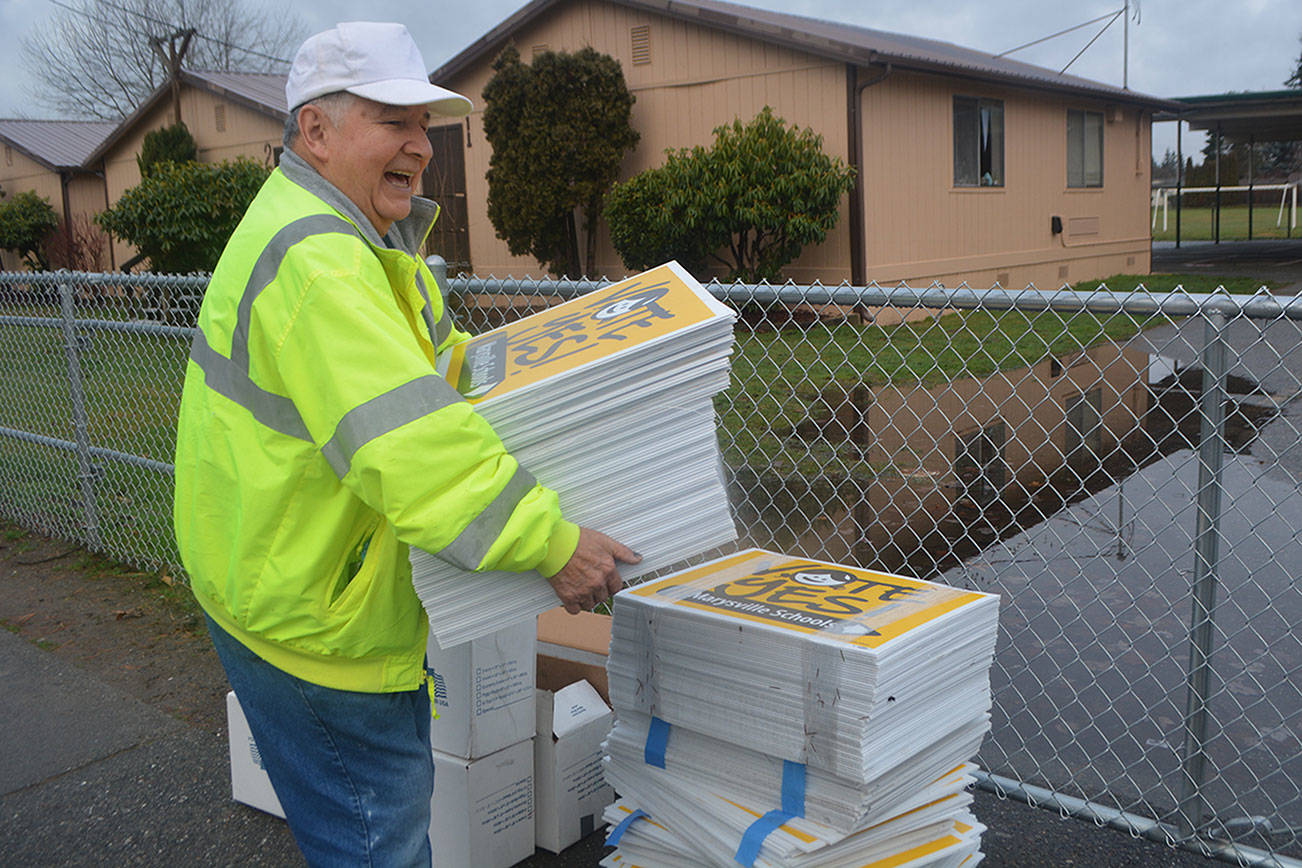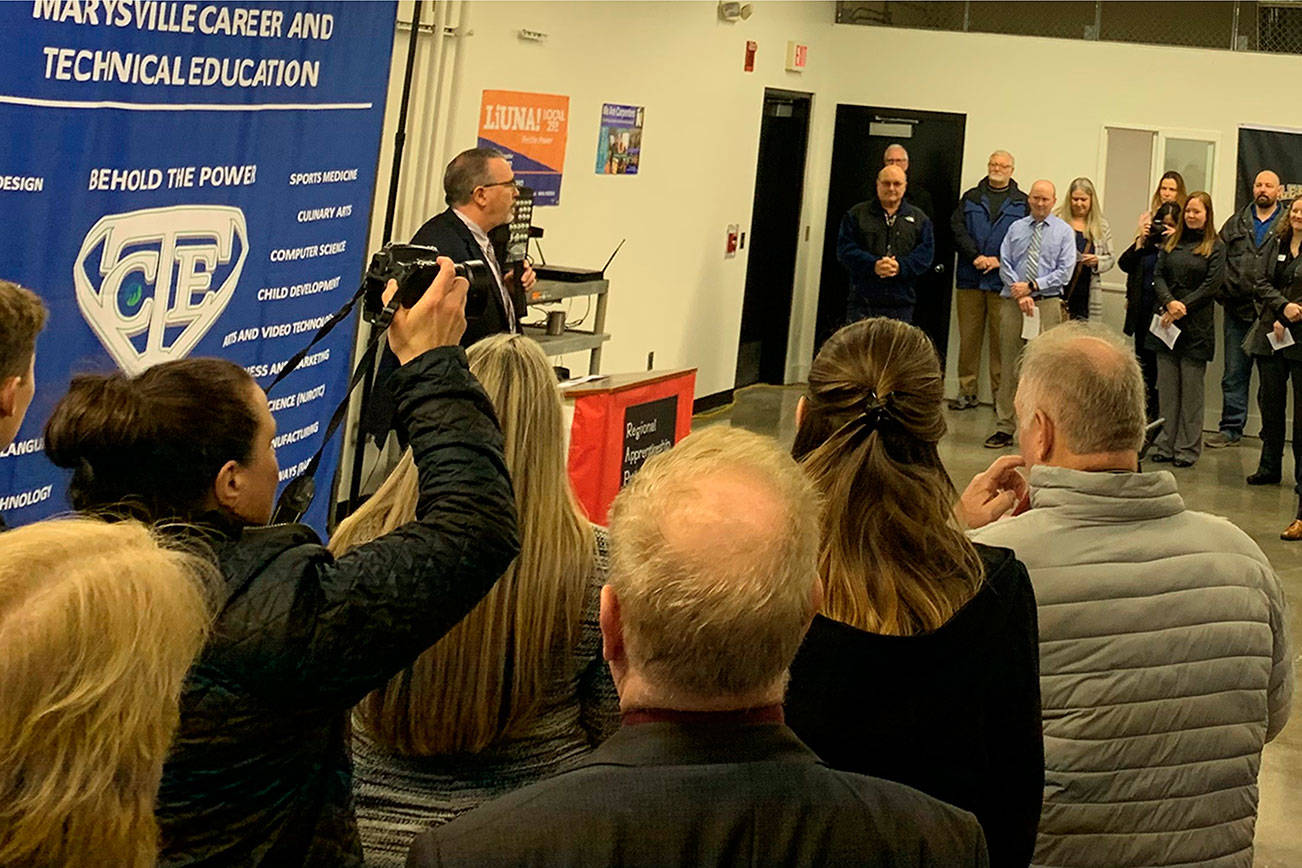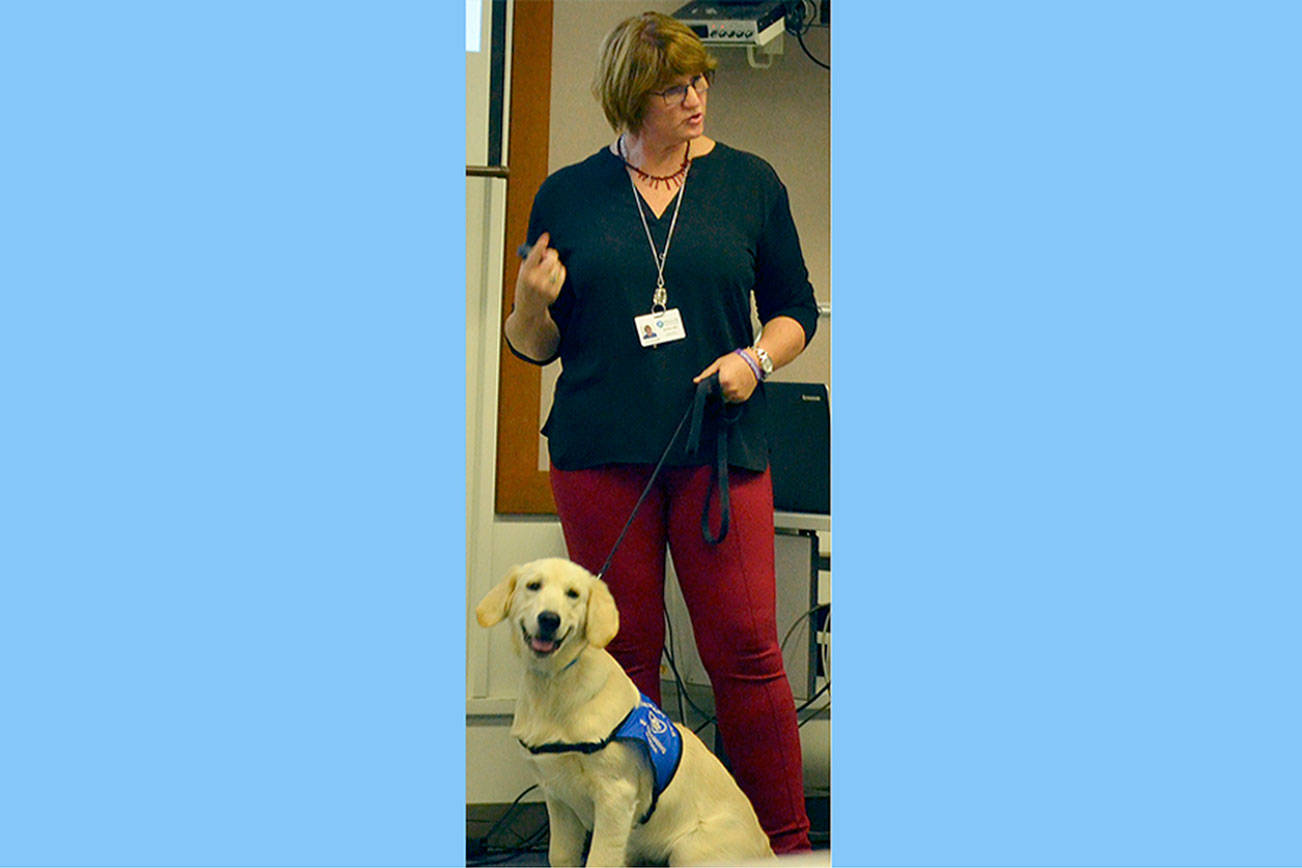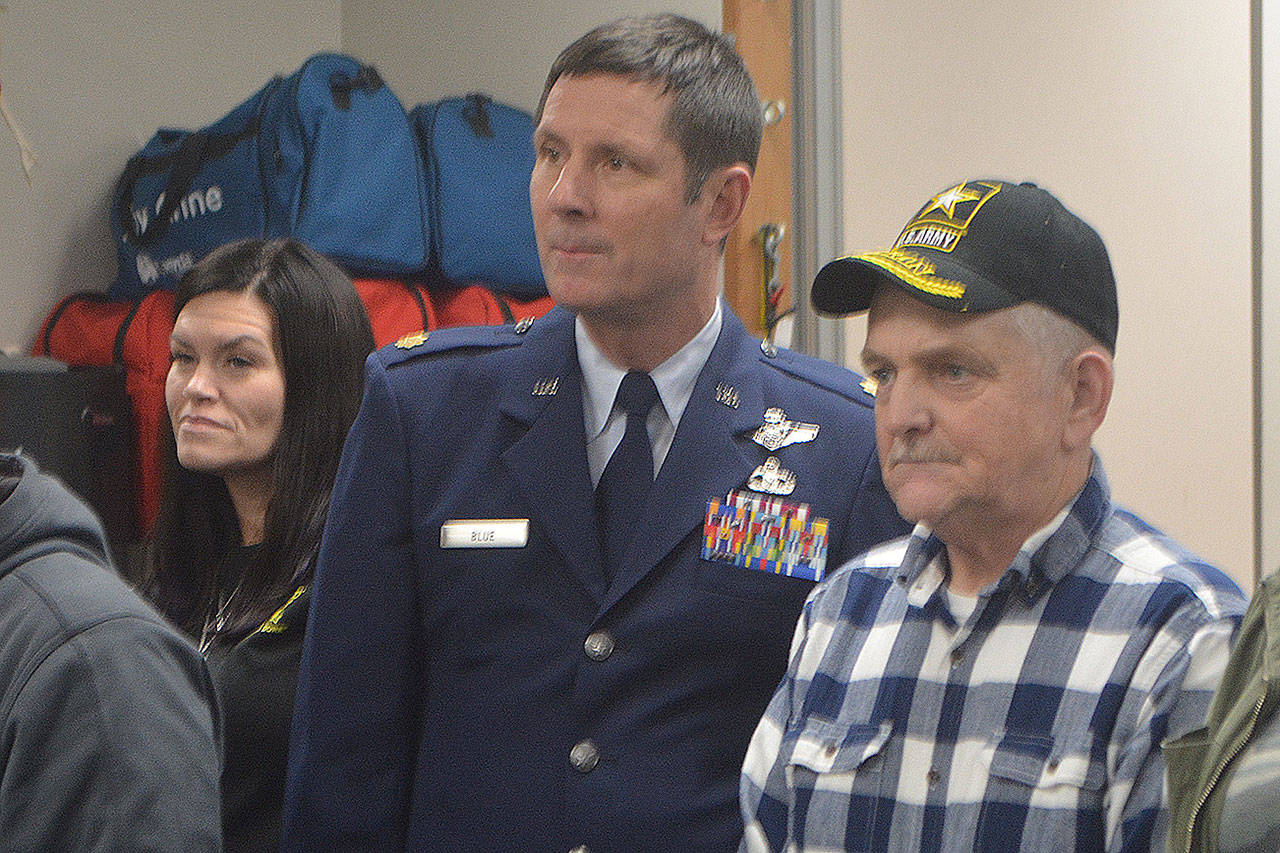MARYSVILLE – The last of a six-phase 1 1/2-year process to obtain public input regarding possible changes in secondary schools in Marysville will take place Saturday.
The meeting will be April 21 from 9:30-11:30 a.m. at the Marysville Tulalip Campus, 7204 27th Ave. NE.
The district will share thoughts and early actions being taken in response to what was learned after recent online surveys. The district also will ask for help in shaping and strengthening ways it can act on topics such as engagement with parents and the community, strengthening school safety and security, and fostering a culture of high expectations for every student. It also will seek input on upcoming decisions such as school choice and neighborhood schools.
School board members plan to attend and listen, then discuss their findings at an upcoming retreat.
To RSVP go to www.msd.org. About 175 people have signed up so far.
Strategic Questions
•How can we best structure our schools and use our resources to meet student needs?
•Do our facilities adequately support students in preparing to work in the future economy?
•Are there other uses of school facilities for the larger community that we should consider?
The process
•Stage 1: Public Opinion Polling (Oct. 2017) Collect input from a cross section of the community to provide data about priorities for the district, how we are doing overall, and where we need to improve. •Stage 2: Interviews with a Cross-Section of Community Leaders (Nov. 2017-Feb. 2018) Hold one-on-one interviews with leaders in Marysville and Tulalip. •Stage 3: Online Survey of Faculty, Staff and Parents (Jan.-Feb) Gather input from faculty, staff and parents.
•Stage 4: Natural Meetings (Dec. 2017-Feb. 2018) Attend meetings where a variety of stakeholders naturally gather. •Stage 5: Online Survey (Spring 2018) Conduct an online survey to gather input from the community. This will provide a chance for anyone who has not yet shared their thoughts to participate in the public engagement process.
•Stage 6: Large Scale Community Meeting (April 21) Hold a large community meeting with small group discussions to share ideas about themes that have emerged from the information gathered in the other stages.
Key issues
Small learning communities, like the four schools on the Marysville Getchell campus, were popularized in the mid-2000s. MG actually started SLCs in 2006 at Marysville-Pilchuck. It got its own school in 2009. Sports were added in 2010 and band in 2013.
Since then, research has shown that SLCs do not improve graduation rates. The district realizes some students like the smaller setting, along with being able to have sports and other extra-curricular opportunities they may not have access to at a larger school.
A study on the MG campus found imbalances in the four SLCs regarding gender, poverty, attendance, special education students and achievement. Under SLCs, there were not enough electives, and additional staff did not help with test scores.
Consultants recommended forming a hybrid SLC-type school for various reasons. If all four academies were combined the gym would be too small, along with the lunchroom and performing arts area.
Two changes already have been made at MG. Having four principals and associated staff was expensive so a single principal was named. Also changes were made in scheduling to give students more flexibility.
Results
Results of the online survey won’t be available until Saturday. But a phone survey of 302 residents done last fall says:
•45 percent are satisfied with schools
•The biggest problems are: 40 percent learning environment, 36 percent finances, and 25 percent teachers.
•62 percent of respondents were wrong because they thought the district is growing.
•The best things about the schools are safety (49 percent); technology used (48 percent); and they inform us, are equitable, and overall rating (47 percent)
•56 percent say the facilities are poor, and 71 percent say more funds are needed, but 47 percent say their property taxes are about right.
Saving money
A major reason for change would be money. If high school boundaries were established, rather than choice, the district could save $400,000 a year in transportation costs alone. Since district attendance continues to drop at a rate of about 100 students per year for about a decade now, that reduces those funds from the state.
Decision
This spring the superintendent will make a recommendation to the school board on whether to continue the current system of open choice high schools, or to set boundaries. Major change would not be fully implemented until the fall of 2019.
District leadership will take the public input to craft a new strategic plan. The school board will take into consideration the input when making a decision about when to run a bond issue to improve or replace facilities.







